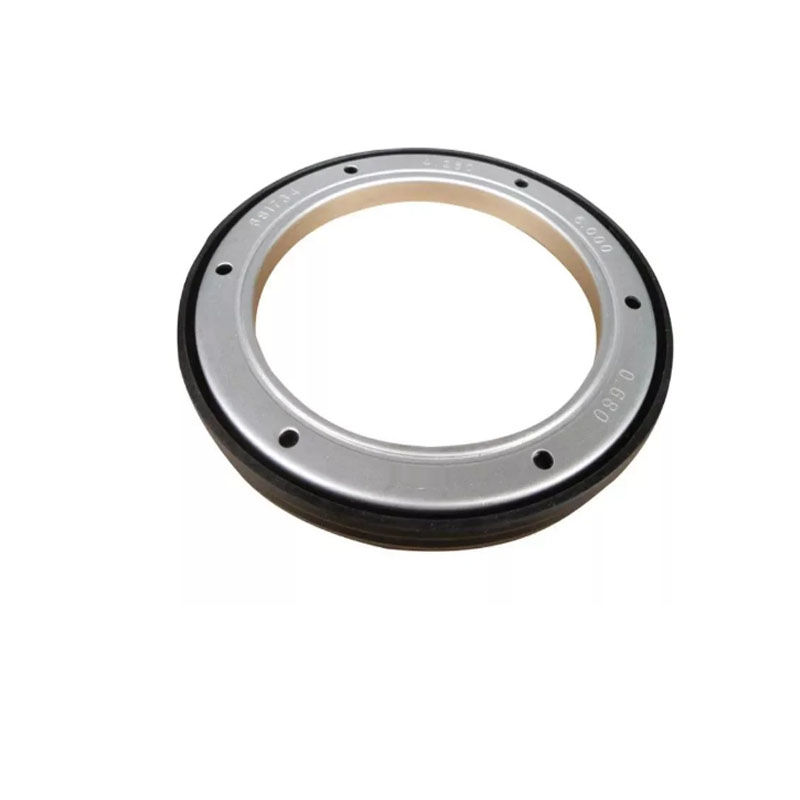rear differential seal
Understanding Rear Differential Seal Importance and Maintenance
The rear differential seal is a crucial component in vehicles equipped with a rear differential, serving a pivotal role in ensuring the efficient operation of the drivetrain. This article delves into the significance of the rear differential seal, the potential issues that can arise from its failure, and best practices for maintenance.
The Role of Rear Differential Seal
The rear differential seal is designed to keep the lubricant within the differential housing while preventing contaminants from entering. The differential itself is responsible for allowing the wheels to turn at different speeds, particularly during turns, which is essential for maintaining vehicle stability and control. The lubricant within the differential ensures that all moving parts operate smoothly, reducing friction and heat buildup.
The seal’s primary purpose is to create a barrier that retains this lubricant and protects the differential’s internal components from dirt, water, and other foreign materials that could lead to premature wear. Over time and with regular use, seals can degrade due to factors such as heat, pressure, and the chemical properties of the lubricant, making it critical to monitor their condition.
Signs of a Failing Rear Differential Seal
One of the most common signs of a failing rear differential seal is visible oil leaks. Motorists may notice spots of lubricating oil under the vehicle, specifically around the differential area. Additionally, a low fluid level can lead to various operational issues, including increased friction, noise, and overheating.
Another indicator of a problematic seal is abnormal whining or humming noises coming from the rear differential, particularly when the vehicle is in motion. These sounds may signal that the internal components are not properly lubricated or that the differential is experiencing additional wear due to contamination.
Consequences of Neglected Differential Seals
Ignoring signs of a failing rear differential seal can lead to significant problems. When lubricant escapes, the differential gears may experience insufficient lubrication, leading to overheating and eventual gear failure. Such failures can be costly to repair, potentially requiring a complete differential overhaul or replacement.
rear differential seal

Moreover, if contaminants are allowed to enter the differential due to a compromised seal, this can result in accelerated wear of gears and bearings. The overall reliability of the vehicle’s drivetrain may be compromised, ultimately impacting safety and performance.
Maintenance Tips for Rear Differential Seals
To extend the lifespan of rear differential seals and maintain optimal performance, regular inspection and maintenance are essential. Here are some valuable tips
1. Regular Fluid Checks Periodically check the differential fluid level and condition. If the fluid appears dark, gritty, or has a burnt smell, it’s time for a change.
2. Inspection During Service During routine vehicle maintenance, such as oil changes or tire rotations, have the rear differential inspected for signs of wear or leaks. Catching issues early can prevent more extensive damage.
3. Drive Responsibly Avoid aggressive driving behaviors that can put additional stress on the differential system. Sudden accelerations, sharp turns, and heavy towing can strain seals and other components.
4. Use Quality Lubricants Always use high-quality lubricants as recommended by the vehicle manufacturer. This helps reduce the wear and tear on seals and internal components.
5. Replace Worn Seals Promptly If you notice any signs of a failing rear differential seal, such as leaks or unusual noises, have it replaced as soon as possible. This proactive approach can save you from more significant repairs down the line.
Conclusion
In conclusion, the rear differential seal is an integral part of a vehicle’s drivetrain, safeguarding the differential’s performance by keeping lubricant intact and contaminants at bay. By understanding the importance of this component and adhering to maintenance best practices, vehicle owners can prevent costly failures and ensure a smooth driving experience. Regular inspections and timely replacements are key to maintaining the integrity of the rear differential, contributing to the overall safety and reliability of the vehicle on the road.
-
The Ultimate Guide to Car Repair Kits: Tools and Essentials Every Driver Should Own
News Aug.01,2025
-
The Complete Guide to Oil Pan Gaskets: Sealing Engine Leaks the Right Way
News Aug.01,2025
-
Preventing Oil Leaks: A Complete Guide to Oil Pan Gaskets and Drain Seals
News Aug.01,2025
-
Everything You Need to Know About Oil Pan Gaskets and Drain Plug Seals
News Aug.01,2025
-
Essential for Car Owners: How to Use a Car Repair Kit to Deal with Minor Breakdown
News Aug.01,2025
-
Comprehensive Guide to Engine Oil Sump Gaskets and Related Seals
News Aug.01,2025
-
The Ultimate Guide to Boat Propeller Bearings and Trailer Wheel Bearings
News Jul.31,2025
Products categories















